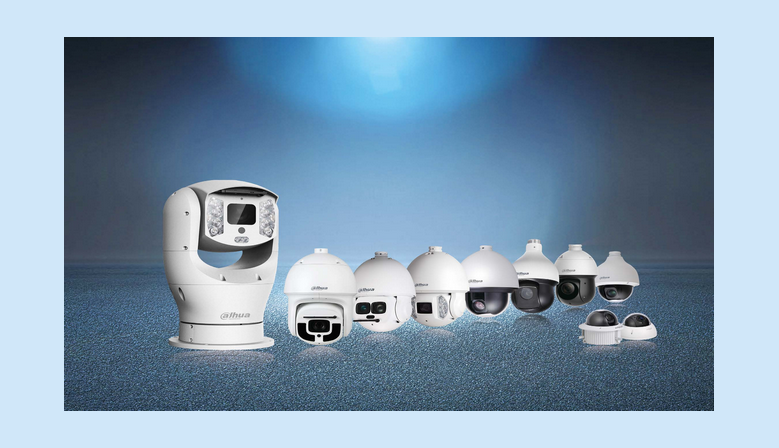The first centralized IP video camera, the Axis Neteye 200, was launched in 1996 by Axis Communications and was developed by the team of Martin Gren and Carl-Axel Alm. Though promoted based on its direct ease of access from anywhere with a web connection, the video camera couldn't stream real-time motion video. It was restricted to a photo image each time the cam was accessed. At the time of launch, it was thought about incapable of running as a motion electronic camera due to what was at the time, "enormous" bandwidth requirements. Thus it was aimed mostly at get more info the tourist industry The Axis Neteye 200 was not meant to replace traditional analogue CCTV systems, considered that its ability was restricted to just one frame per second in CIF, or one every 17 seconds in 4CIF resolution, with a maximum resolution quality of 0.1 MP Axis used a customized exclusive web server named OSYS, yet by the summer season of 1998, it had actually started porting the cam software application to Linux.Axis likewise released documentation for its low-level application programs user interface (API) called VAPIX, which constructs on the open standards of HTTP and actual time streaming procedure (RTSP). This open architecture was intended to encourage third-party software application manufacturers to develop suitable management and recording software application's.
The very first decentralized IP camera was launched in 1999 by Mobotix. The camera's Linux system included video, alarm, and recording management functions. In 2005, the very first IP cam with onboard video content analytics (VCA) was released by Intellio. This electronic camera was able to discover a number of various occasions, such as if a things was stolen, a human crossed a line, a human got in a predefined zone, or if a cars and truck relocated the incorrect direction.Standards Previous generations of analog CCTV video cameras utilize recognized broadcast television formats (e.g. Common Intermediate Format (CIF), NTSC, PAL, and SECAM). Since 2000, there has actually been a shift in the consumer TV company towards high-definition (HD) resolutions (e.g. 1080P (Full-HD), 4K resolution (Ultra-HD) and 16:9 widescreen format). IP cameras might differ from one another in resolution, functions, video encoding schemes, available network procedures, and the API for video management software. IP cameras are available at resolutions from to 29 megapixels.

To resolve IP video surveillance standardization problems, two market groups formed in 2008: the Open Network Video Interface Online Forum (ONVIF) and the Physical Security Interoperability Alliance (PSIA). PSIA was established by 20 member companies consisting of Honeywell, GE Security, and Cisco. ONVIF was founded by Axis Communications, Bosch and Sony. [11] Each group now has many additional members, hence; cameras and recording hardware that operate under the same standard can work with each other. house electronic camera This section might require clean-up to fulfill Wikipedia's quality requirements. The specific issue is: Undependable sources. Please help enhance this section if you can. (November 2019) (Discover how and when to remove this template message)ra or a Ptz camera. Fixed cameras are normally used to keep an eye on a set of locations, whereas a PTZ video camera can be used to either track motion or manually change the monitoring area. Outside wired electronic cameras, likewise called Air Conditioner powered cams, are positioned in outside environments. They are developed to make it through weather, such as heat, cold, and rain, and are normally efficient in recording video in low light conditions. They are typically rated IP65/IP67 requirements to withstand the outdoor environment. Wired (A/C Powered) or Wired totally free electronic cameras for houses are IP cameras that have their own independent power source, such as a Photovoltaic panel or Battery.